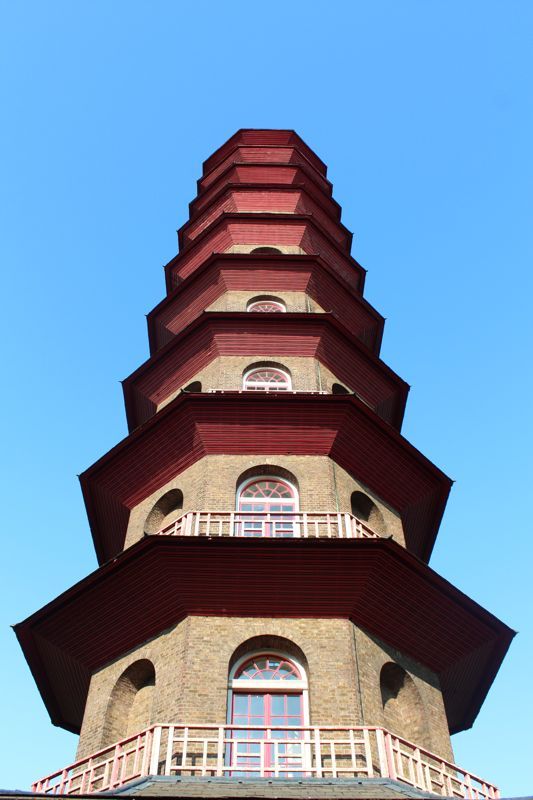Snip
Thanks for your thoughtful post, it's really helped outline the fundamental aspects that require controlling (aperture/DoF) and which are to a certain extent by-products (shutter speed), with the caveat noted with regard to catching images where you want to enhance or avoid blur (the main example I've seen here seems to release to water where you might want to reduce shutter speed to give the effect of movement).
You may have mentioned it and I've missed it, but what about ISO control? Is this generally a function that is determined by your camera after setting the required DoF and effective shutter speed?
Also, you had me all the way to EC
 (although I'm not completely sure about diffraction and ND filters, but I think I'll just stick to the basics for now!).
(although I'm not completely sure about diffraction and ND filters, but I think I'll just stick to the basics for now!).Thanks again for all the advice.




